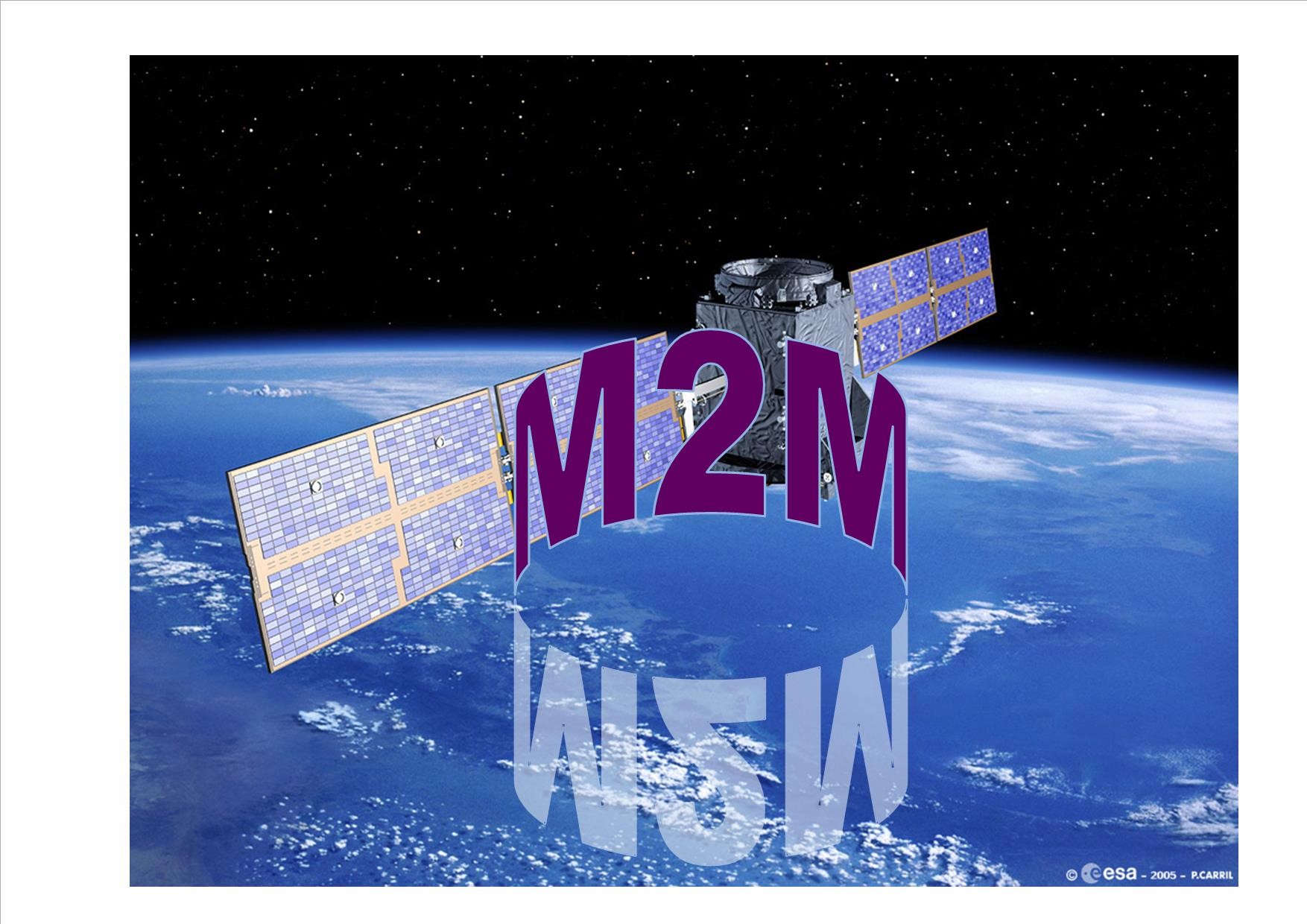
-
StatusCompleted
-
Status date2016-03-14
-
Activity Code7-.028
Machine to Machine (M2M) communications means the automated or requested exchange of information among smart devices and/or control remote units without or with very limited human intervention. In a near future, where everything is web-connected, the need for remote control and query all the things around you will be the challenge. Therefore there an opportunity arises to considerably increase satellite M2M use provide that solutions are identified able to reduce hardware and service costs including low form factor and to provide greater standardization.
To this end, the M2M project was focused on the definition of the system scenarios and cost analysis, to come out with a specifically designed air interface (S-M2M), with a comprehensive analysis of the advantages of the proposed architecture aimed to optimize terminals cost and satellite resources. In this task Eutelsat joined the team as advisor.
In order to validate the new M2M standard, a real time hardware demonstrator has been implemented, including a complete M2M system, from the physical layer to application layers. The demonstrator includes gateway emulator, broadcast forward link, traffic and channel emulators and terminal prototypes.
In order to increase satellite M2M use, solutions are needed to reduce terminal hardware and service costs including low form factor and to provide greater standardization.
From the air interface the challenges was:
- High efficiency modulation scheme, to minimize the service cost
- Low complexity access scheme, to minimize the terminal cost
From the terminal point of view the challenges was:
- Low power consumption, in order to include scenarios with battery powered terminals
- Low cost, to include scenarios with massive terminal deployment
- Precise frequency control, to avoid critical complexity in the gateway demodulator
The definition of a new standard for M2M application, the S-M2M protocol, allows involving different actors in the satellite M2M new market, especially for the terminal production.
The S-M2M protocol offers very high channel efficiency while reducing the terminal complexity using asynchronous transmission. These characteristics allow a simple and chip terminal architecture and a reduced service cost.
Another advantage of the S-M2M protocol is that it is basically independent from the broadcast forward link waveform, so that it can be implemented on a wide range of satellite systems.
The foreseen terminal characteristics, such as low power consumption and low cost, offer the possibility to consider scenarios where thousand of self powered little terminals are deployed in wide areas for environment monitoring.
The S-M2M standard is an extension of the S-MIM protocol, intended for access to interactive messaging services, since it does not require coordination between users thus minimizing the signalling overhead required for the access control. Other advantages of S-M2M asynchronous access are:
- High multiple access efficiency even when operated in truly asynchronous fashion with power unbalance and minimum forward link signalling overhead.
- Ability for the space segment to operate with full frequency reuse. This will contribute to further improvement of the system efficiency.
- Low-cost user terminal thanks to the reduced EIRP required and terminal simplicity.
- Feasibility of band sharing with other access schemes due to the spread spectrum characteristics.
The forward link as specified in the S-M2M standard is based on DVB-S2 waveform, exploiting only one Broadcast Channel (BCH) while user data, link layer signalling and additional control and management plane information can be transported using UDP/IP. This approach allows an easy adaptation to different forward link waveforms.
Frequency synchronization between gateway and terminals is required in order to avoid critical complexity in the gateway frequency search algorithms. The DVB NCR approach has been adopted as baseline, but an alternative new algorithm has been tested, based on the forward link symbol rate estimation and tracking.
SYSTEM ARCHITECTURE
The new standard S-M2M developed during the project has been validated with a real time hardware demonstrator implementing a complete system in L band, including forward and return link covering physical layer, data link layer and application layer for two selected scenarios. The hardware demonstrator is formed by:
- A Hub emulator, including a DVB-S2 broadcast transmitter, a gateway demodulator, a NCC emulator;
- A traffic emulator generating thousands of users, two channel emulators for forward and return link
- Three terminal prototypes with DVB-S2 receiver and S-M2M transmitter (data link layer and physical layer). The terminals carrier frequency can be synchronized by a reference obtained from the DVB-S2 NCR or by an experimental Symbol Rate Tracker, which receives the broadcast DVB-S2 signal.
- A test bed Controller for monitoring and control of all units and test results collection

M2M demonstrator functional architecture
The project has been divided in two phases.
During Phase 1, the project team has characterized the system scenarios, the optimal air interface, and the terminal cost analysis. Phase 1 has been articulated in four tasks:
Task 1: System Scenario Consolidation
Task 2: Air Interface Investigation and Selection
Task 3: Architectural Optimization and System Performance
Task 4: Preliminary Architecture Design and Specifications
During the Phase 2, the M2M modem demonstrator has been developed, integrated and tested. Phase 2 has been articulated in 5 tasks:
Task 5: Modem Prototype Preliminary Design
Task 6: Modem Prototype Detailed Design
Task 7: Test-Bed Development
Task 8: Test-Bed Integration
Task 9: Modem Validation and Test Campaign
Completed





